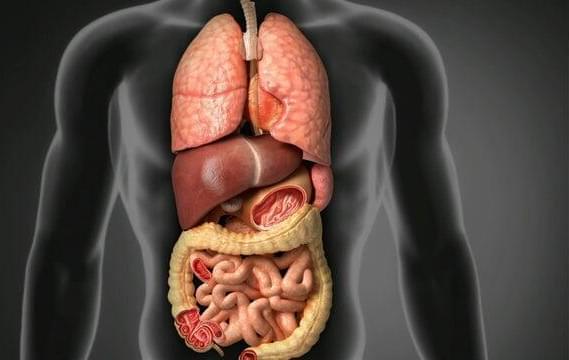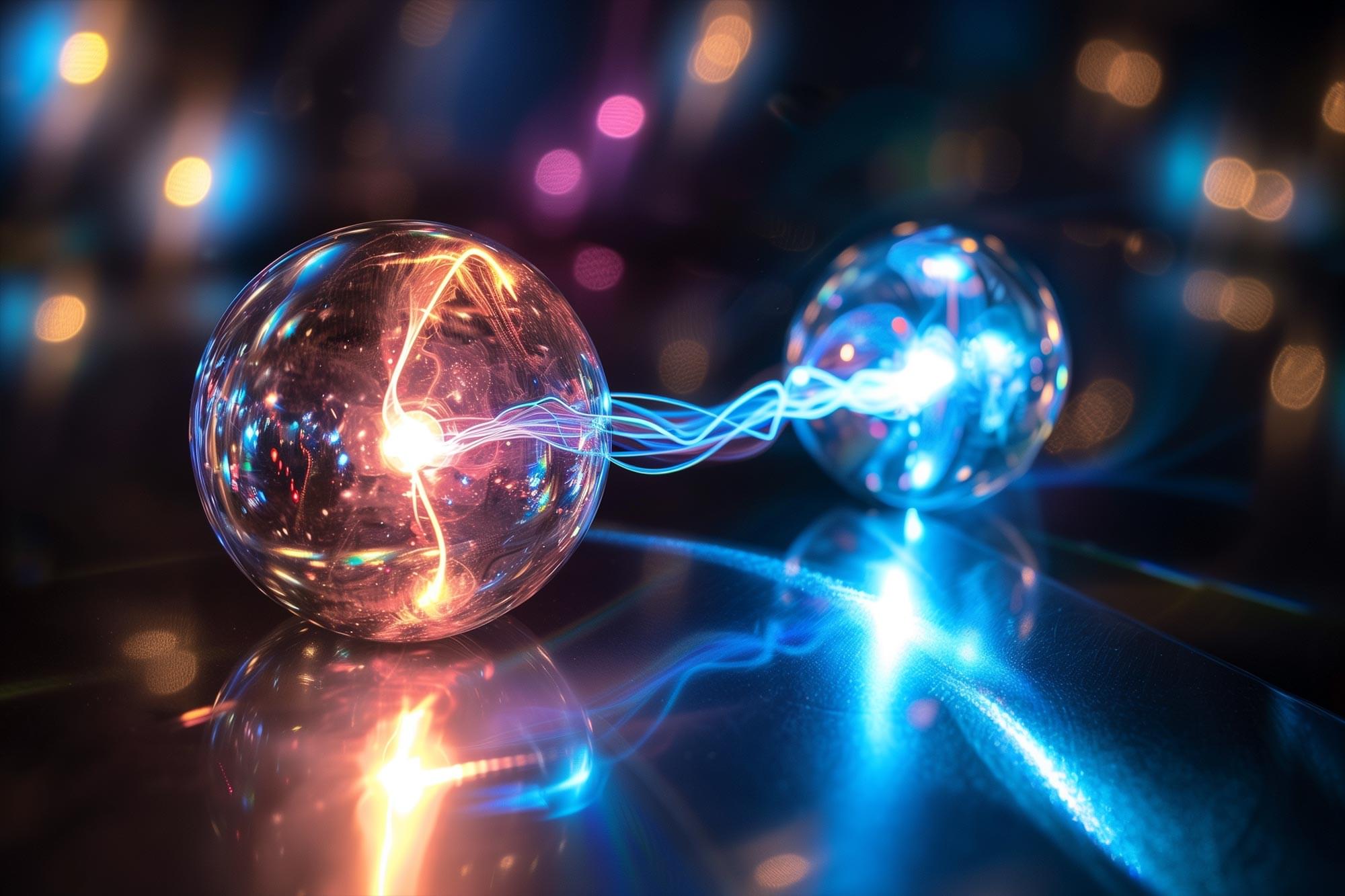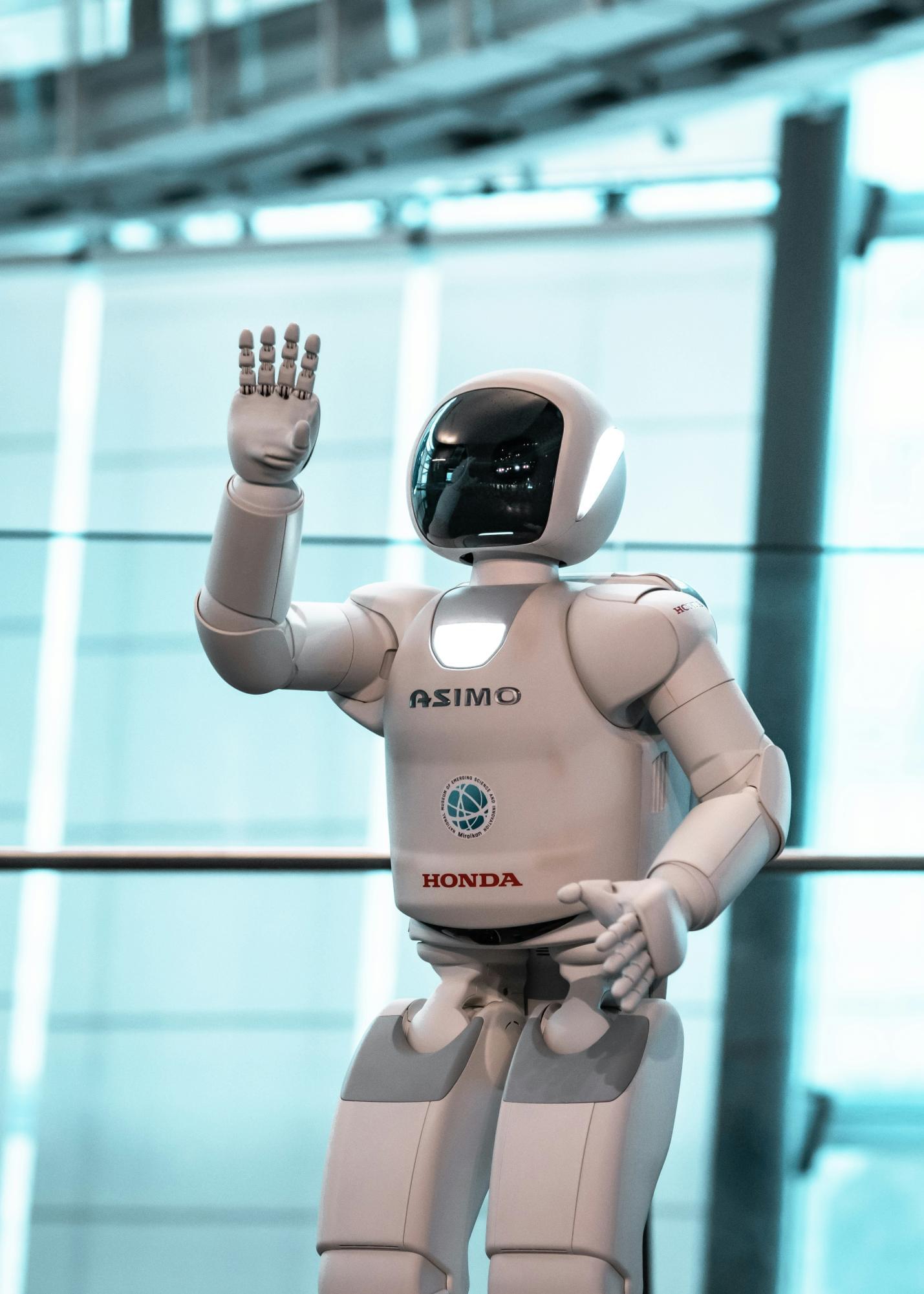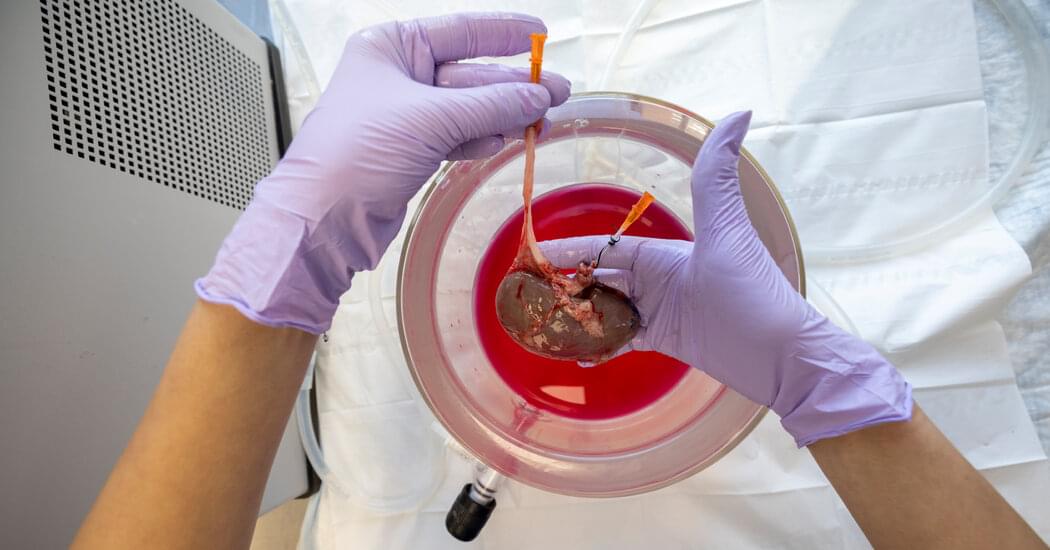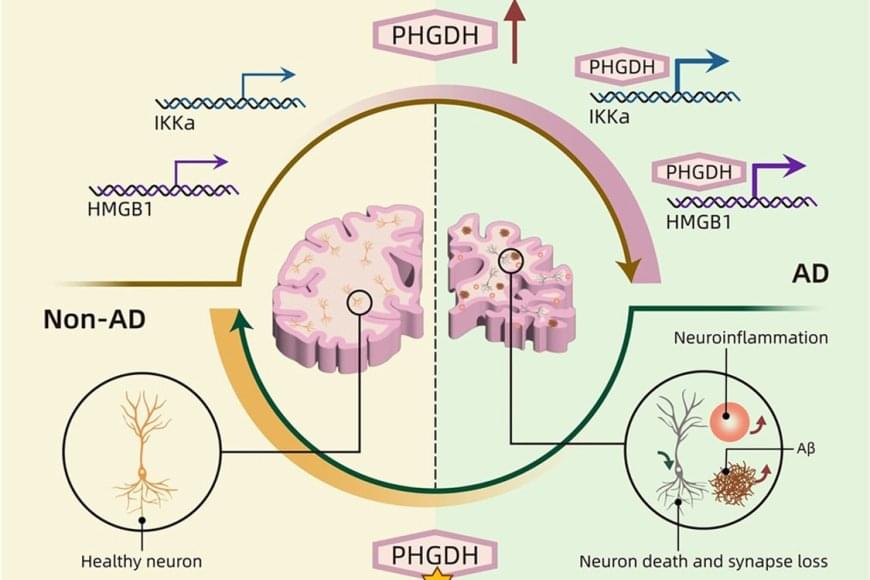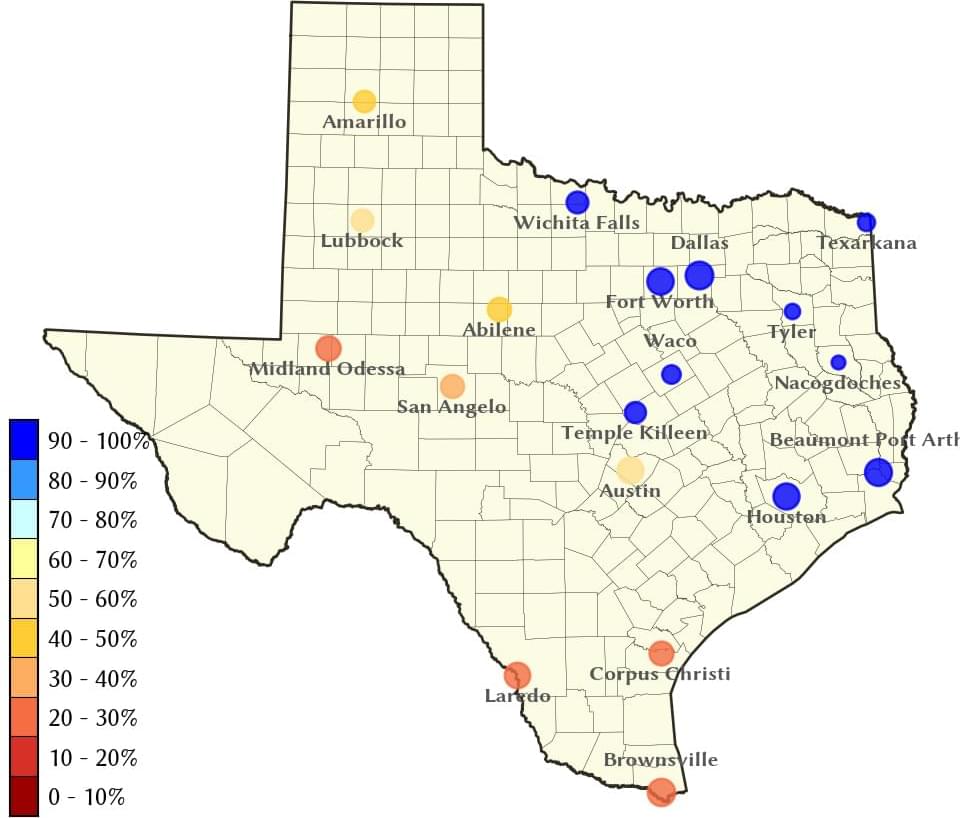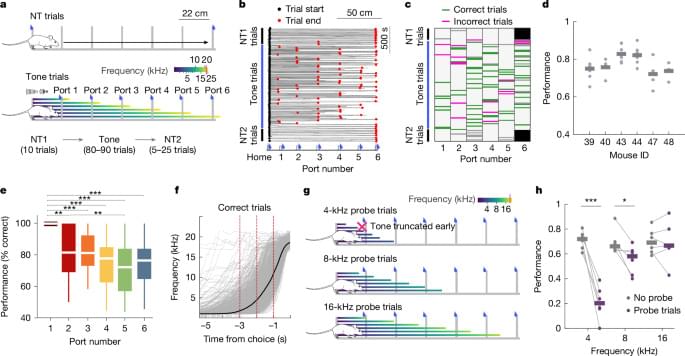For Ethel Caterham, the trick to a long life is not to argue
The best local & breaking news source in the US, featuring local weather, alerts, deals, events and more.
Scientists have achieved a major leap in quantum technology by deriving an exact mathematical expression crucial for refining noisy quantum entanglement into the pure states needed for advanced quantum computing and communication. Their work revisits and corrects flawed theories from two decades
A new clinical trial shows the immunotherapy drug dostarlimab could eliminate the need for surgery and chemotherapy in certain cancers. The results are a m.
If you’re wondering how artificial intelligence may begin to interact with our world on a more personal level, look no further than the landscape of sports. As the technology of machine learning becomes more mature and the need for human officiating becomes less necessary, sports leagues have found creative ways to integrate the concept of “computer referees” in ways we may not have initially expected.
Tennis, for example, has been a leading figure in adopting AI officiating. The Hawk-Eye System, introduced in the early 2000s, first changed tennis officiating by allowing players to challenge calls made by line judges. Hawk-Eye, which used multiple cameras and real-time 3D analysis to determine whether a ball was in or out, has today developed into a system called Electronic Line Calling Live, known as ELC. The new technology has become so reliable that the ATP plans to phase out line judges in professional tournaments by the summer of this year.
The Australian Open has taken this system a step further by testing AI to detect foot-faults. Utilizing skeletal tracking technology, the system monitors player movements to identify infractions, improving match accuracy and reducing human error. However, a glitch in the technology did make for a funny moment during this past year’s Australian Open when the computer speaker repeated “foot-fault” before German player Dominik Koepfer could even begin his serve.
Scientists developed a way to freeze a large mammal’s kidney, which could ease organ shortages in the future. First, they had to see if their method would work in a pig.
Insomnia, depression, and anxiety are the most common mental disorders. Treatments are often only moderately effective, with many people experiencing returning symptoms. This is why it is crucial to find new leads for treatments. Notably, these disorders overlap a lot, often occurring together. Could there be a shared brain mechanism behind this phenomenon?
Siemon de Lange, Elleke Tissink, and Eus van Someren, together with their colleagues from the Vrije Universiteit Amsterdam, investigated brain scans of more than 40,000 participants from the UK Biobank. The research is published in the journal Nature Mental Health.
Tissink says, “In our lab, we explore the similarities and differences between insomnia, anxiety, and depression. Everyone looks at this from a different perspective: some mainly look at genetics and in this study, we look at brain scans. What aspects are shared between the disorders, and what is unique to each one?”
Just a Texan FYI, enjoy the weekend everyone! 💫✌🏼🐯
You are about to navigate away from this website to TexMesonet, TWDB’s website for accessing weather data.
Bacteria naturally present in the human intestine (known as the gut microbiota) can transform cholesterol-derived bile acids into powerful metabolites that strengthen anti-cancer immunity by blocking androgen signaling, according to a preclinical study led by Weill Cornell Medicine investigators. The study was published on April 15 in Cell.
“I was very surprised by our findings. As far as I know, no one has previously discovered molecules like these bile acids that can interact with the androgen receptor in this way,” said co-senior author Dr. Chun-Jun Guo, an associate professor of immunology in medicine in the Division of Gastroenterology and Hepatology and a scientist at the Jill Roberts Institute for Research in Inflammatory Bowel Disease at Weill Cornell Medicine.
Dr. David Artis, director of the Jill Roberts Institute and the Friedman Center for Nutrition and Inflammation and the Michael Kors Professor in Immunology, and Dr. Nicholas Collins, assistant professor of immunology in medicine, both at Weill Cornell Medicine, are co-senior authors of the study. Drs. Wen-Bing Jin, formerly a postdoctoral associate, and Leyi Xiao, a current postdoctoral associate in Dr. Guo’s lab, are the co-first authors of the study.
Using high-density electrophysiological recordings, how internally generated cell assemblies are updated by action plans to meet external goals is explored.

